There is a new unmanned aircraft on the market that demands its own category, it doesn’t quite fall under the drone or helicopter category but combines the best characteristics of both.
In an effort to meet the ever-growing needs of the UAV industry, Unmanned Aerospace set out to create a different model of unmanned aircraft that can serve multiple industries, carry heavy payloads, and maximize fuel efficiency. Multicopters or fixed wing drones carry certain limitations such as short VTOL flight times or poor payload capacities and short flight times. Knowing that the goal was to move away from fixed wing or multicopter aircraft to create a revolutionary new unmanned aircraft, Unmanned Aerospace looked to the past for design inspiration.
“The industry is headed into an area where we need longer flight distances, better payload capabilities, and more reliability overall. With that, I started looking at the options in the aircraft industry to use as a foundation to accomplish that. That's when I came across the gyrocopter, which was invented in 1923” Gad Shaanan, CEO & Founder at Unmanned Aerospace told CUAV News.
Gyrocopters differ from a traditional helicopter or drone model, they utilize a rotor to generate lift and are known for short take-off and landings, an attribute that Unmanned Aerospace found particularly beneficial and has plans to utilize for naval operations along with industrial operations like medical delivery and offshore oil rig inspections.
The most obvious caveat to the gyrocopter model is that the rotor has zero pitch, preventing the aircraft from VTOL and hover. The Automatic Pitch System (APS) is a unique feature to the GH-4. Patented by Unmanned Aerospace, this system is what sets this vehicle a step above the capabilities of a helicopter. This system allows the GH-4 to switch from VTOL mode to forward flight and gyrocopter mode.
“With a typical gyrocopter, the pitch of the blade is almost zero. It cannot do VTOL. We mitigate this by using the centrifugal force of the blades to pull themselves out and twist, giving us a different pitch. There is a rotor motor, but we only turn it on when we want to do VTOL and hover. We turn it off once we go into gyro mode, so we consume about 40% less energy than a helicopter in forward flight. While a helicopter needs to keep pushing the air down to fly, a gyrocopter doesn't work like that. With a gyrocopter, the air flows through the blades to stay up in the air,” explains Shaanan.
Despite the differences between the GH-4 and helicopters, the GH-4 can do everything a helicopter can but more efficiently and without the need to put a human in the sky. The GH-4 is planning to run missions to offshore oil rigs, doing medical deliveries in rural areas, conducting long-duration inspections on infrastructure, and monitoring livestock.
What’s powering these long flights are hydrogen fuel cells in tandem with booster batteries. In his research for more efficient energy resources, Shaanan discovered a symbiotic relationship between the two that could help increase flight efficiency. “Our fuel cells have enough energy to recharge the booster batteries in forward flight. We added the booster batteries for when we need VTOL and hover modes. A benefit to our system is that when we're in forward flight, our fuel cells have enough energy to recharge the booster batteries which makes us a hybrid solution.” This type of fuel efficiency only reinforces the reliability for rural or lengthy missions where long flight times are unavoidable but necessary.
The GH-4, the model on display at XPONENTIAL 2025, is the first drone the company has designed. This model features a rack-release system on the outside of the aircraft. The cargo carry mechanism being on the outside of the aircraft allows for larger packages to be transported and isn’t limited to the size of the box as long as it can be mounted on the rack. This feature adds to the aircraft's efficiency, allowing the package to be dropped without the need to land or stop the aircraft.
2.png.small.400x400.png)
While their first unmanned gyrocopter is quite impressive, Unmanned Aerospace has plans to scale up the GH-4 model in the coming years. “The GH-4 is the least effective model because it can only carry 15 pounds. The next drone will carry 110 pounds, and the one after that will carry about 350 pounds. The ratio between the weight of the aircraft and the weight of the of the cargo is almost one to one” said Shaanan.
Unmanned Aerospace continues to build on their existing models and is in close collaboration with the United States Navy to bring their delivery solutions to the sea.


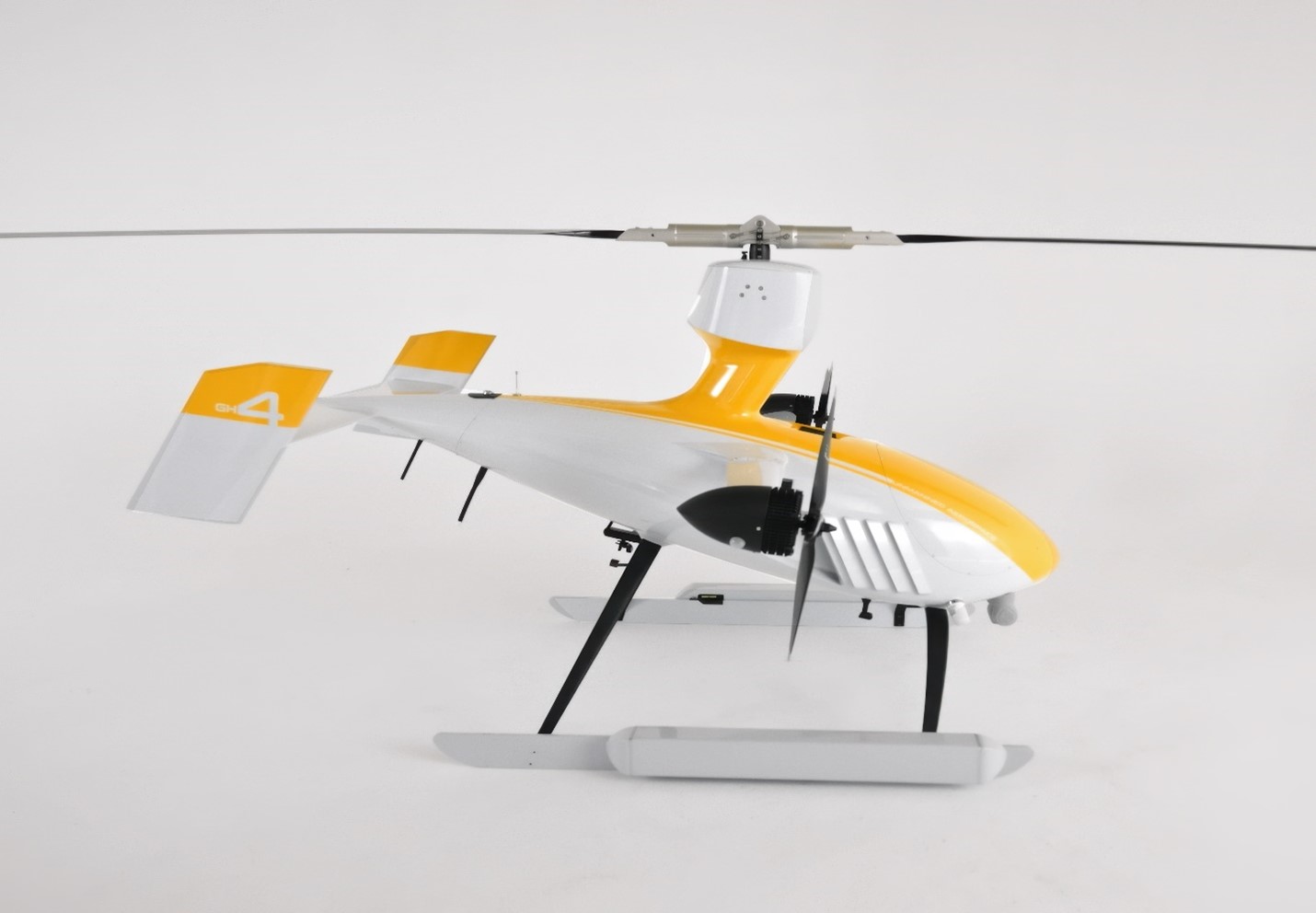

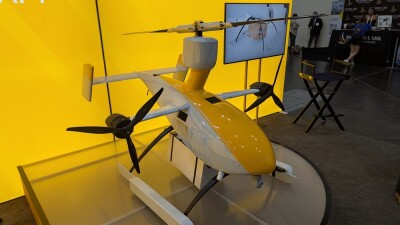
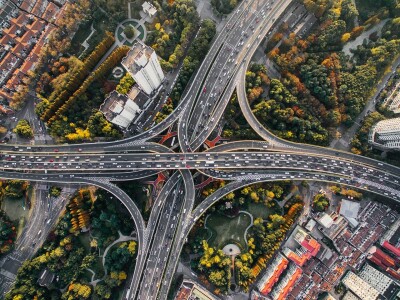

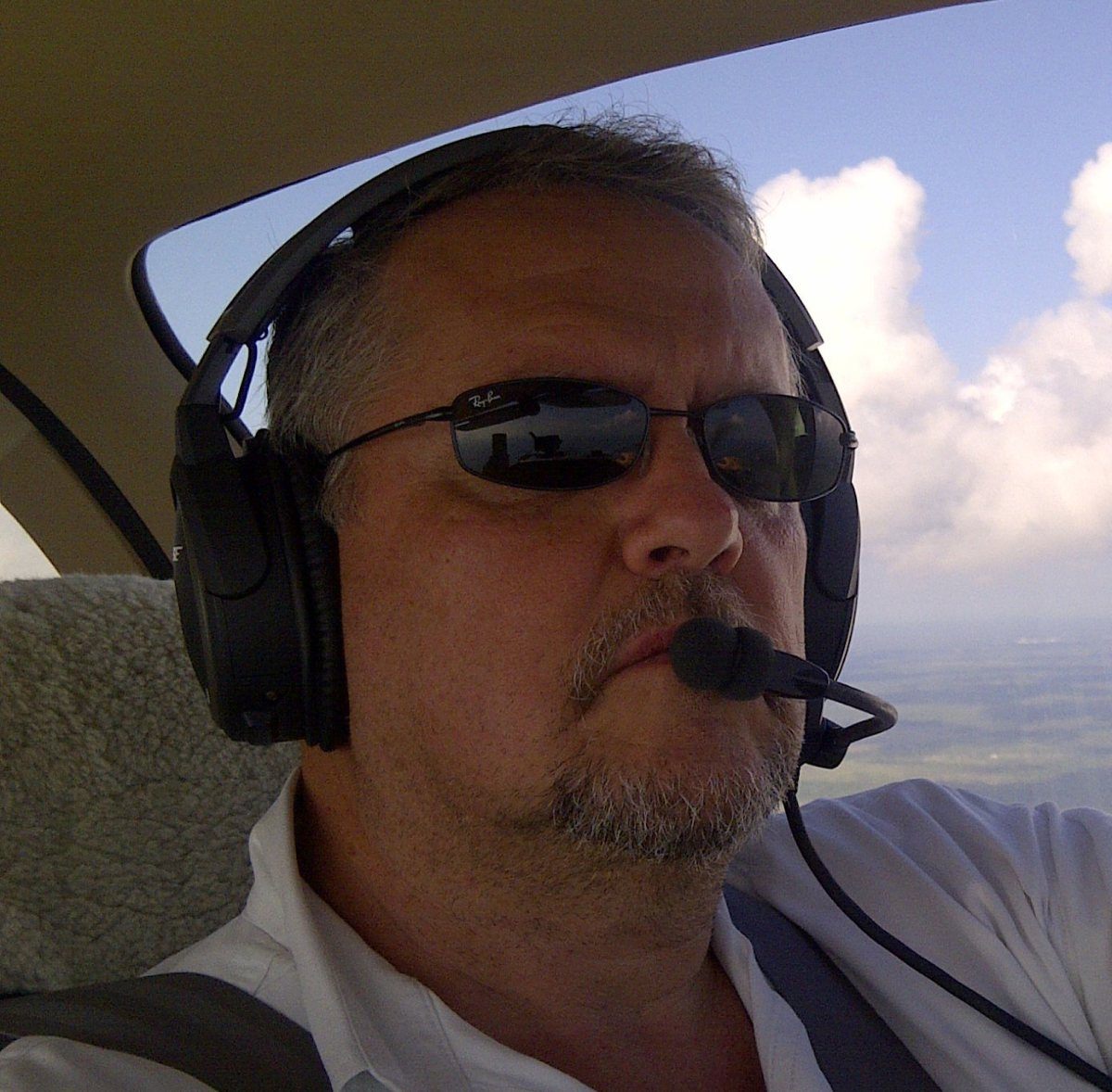





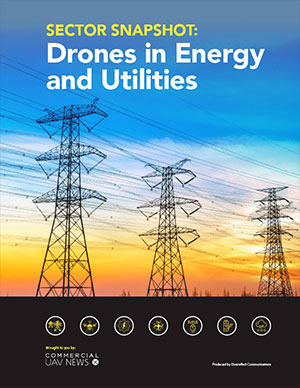

Comments